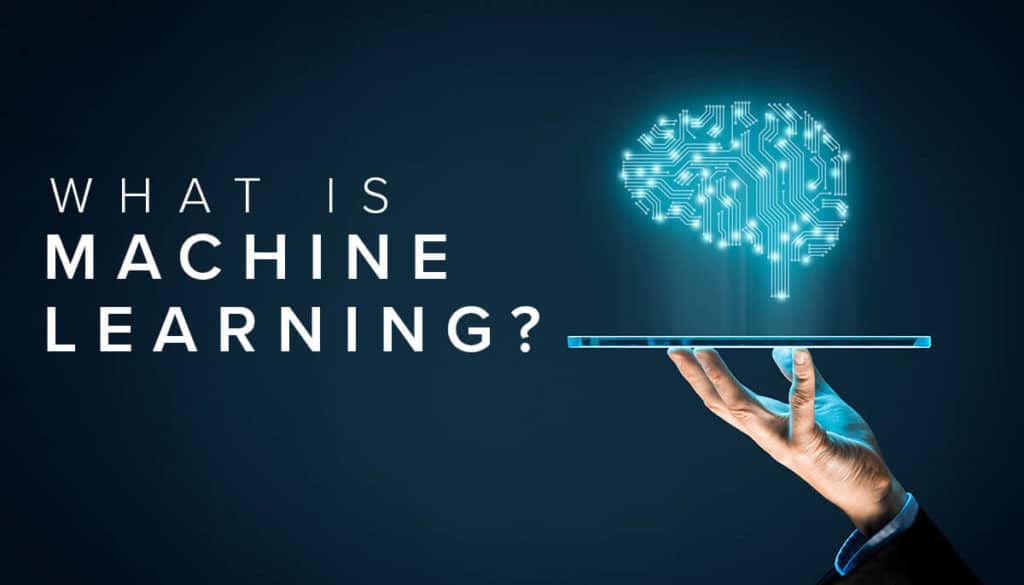The world of machine learning and artificial intelligence is no longer the stuff of science fiction. It’s here and rapidly becoming an expected feature of businesses and industries. In fact, technology is becoming personalized, insightful, and self-correcting.
So what exactly is machine learning? Let’s explore how it works and how it’s poised to transform the face of this world in almost every sphere.
What is Machine Learning?
As humans, we learn through past experiences. But did you know computers can do the same? Just as your brain uses experience to gain insight and make better decisions, so can computers. Once the algorithm gets proficient at drawing correct conclusions, it applies that knowledge to new sets of data.
For example, if you need a computer to recognize the difference between a picture of a dog and cat, you could begin by feeding it images of both animals. It will seek statistical patterns in the data so it can classify a new set of images of cats or dogs. The more data the computer receives, the more accurate it is in its predictions. The fundamental objective is to allow computers to learn automatically and modify actions accordingly.
Machine Learning Models
Machine learning algorithms are categorized as supervised or unsupervised. As the name suggests, supervised learning is where we teach the machine using well-labeled data so it can predict future instances. Unsupervised learning is when the machine works on its own to discover information that may not be visible to the human eye. This type of machine learning uses algorithms that draw conclusions on unlabeled data.
Real World Examples
Although the machines aren’t taking over just yet, they’re seeping into our everyday lives. With the rise in big data, these computers learning capabilities have become a pivotal technique for solving problems in a wide range of fields. Here are some examples of modern developments.
1. Virtual Personal Assistants
Virtual personal assistants such as Siri and Alexa are all the rage in this day and age – and for good reason. Everyone from small business owners to college students can use these virtual assistants to help them with mundane tasks, which can lead to more free time and productivity. Users can task virtual assistants to make phone calls, check flight reservations, find hotels, create text messages, etc. AI programming uses sophisticated algorithms to learn from data input and better predict the user’s needs.
2. Image Recognition
As one of the most common uses of machine learning, image recognition is the ability of computers to identify objects, places, people, and actions in images. Even the social media giant Facebook uses machine learning systems that analyze the pixels of the face of the image.
3. Google Search
Perhaps the most famous example is Google Search. Every time you use google search, you’re using a system that has many machine learning systems, such as adjusting the search results based on your personal behavior and interests.
4. Fraud Detection
Fraud management has been troublesome for the banking industry thanks to an increase of payment channels. Plus, criminals have become proficient at finding loopholes. Fortunately, machine learning can frame fraud detection as classification problems and predict a discrete class label output.
Contact DVO Consulting for More Information
At DVO Consulting, we provide companies a competitive edge by providing experienced IT professionals with the industry’s most sought-after technical skills in key areas. Contact us to learn more and how DVO Consulting can be your strategic partner for IT Consulting and staffing solutions.

